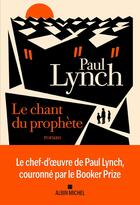-
Date de parution : 03/09/2019
-
Editeur :
Rizzoli
-
EAN : 9780847867332
-
Série :
(-)
-
Support :
Papier
Résumé:
A revealing look at Arakawa's unique achievements in painting and works on paper.
A handful of years after he arrived in New York from Tokyo as a young Neo-Dada sculptor, Arakawa began producing two-dimensional works that brought together text and schematic images. These "diagram paintings,"... Voir plus
A revealing look at Arakawa's unique achievements in painting and works on paper.
A handful of years after he arrived in New York from Tokyo as a young Neo-Dada sculptor, Arakawa began producing two-dimensional works that brought together text and schematic images. These "diagram paintings," begun in the mid-1960s, offered elusive combinations of signs and shapes with words and phrases. With these paintings, he sought to stimulate the formation of mental images by the viewer--and for the viewer to engage both mind and eye in the act of perception.
Arakawa would continue this investigation of human consciousness through diagrammatic works on paper and canvas over the following two decades. He used a variety of materials and created works ranging from modest-sized drawings to vast paintings on multiple panels. This striking volume takes a close look at this crucial period in Arakawa's art, prior to his return to three dimensions. Numerous illustrations, a new essay by Charles W. Haxthausen, and a historical text by Italo Calvino reveal an artist with a committed focus on our awareness of our bodies in the act of perceiving.
Donner votre avis














